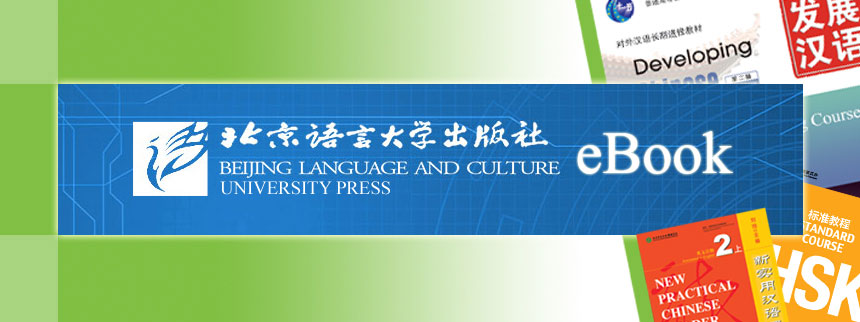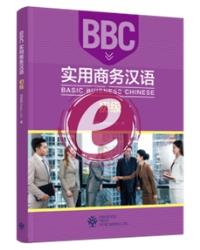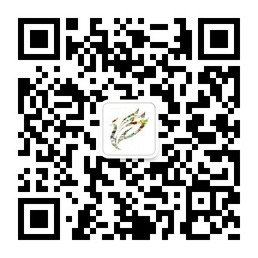Online Bookstore
Online Reading (Non-downloadable): Basic Business Chinese
Author:Meiru Liu
- Medium:eBooks
- ISBN: 9781625753403
- Page Count: 360
- Size:
- Pub Date:2024-07
- Annotation Language:English
- Course:Comprehensive
- Target Audience(Age):Adults
- Target Audience(Language):Beginner,Intermediate
- Price:
-
Category: eBook














